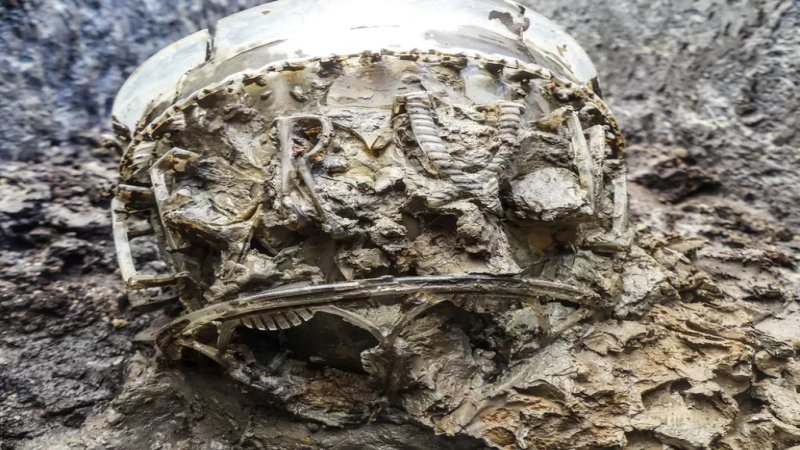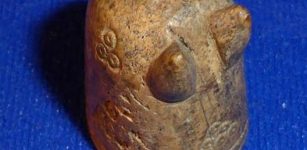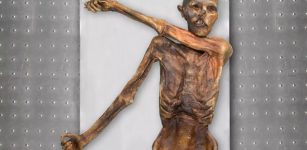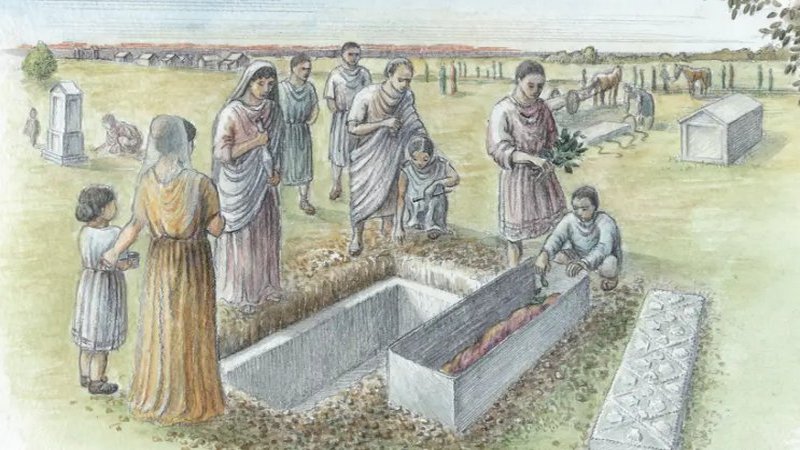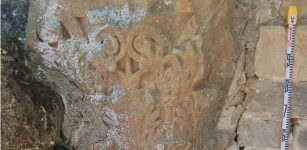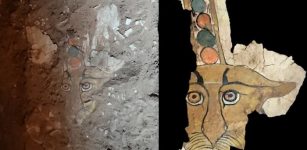Ancient Terracotta Figurines Of Unknown Civilization Reveal African Trade Routes
MessageToEagle.com – Ancient terracotta figurines unearthed in Ghana, have been analyzed for the first time by researchers from The University of Manchester, UK.
The figurines were created by an unknown civilization and have become iconic representations of prehistoric African art.
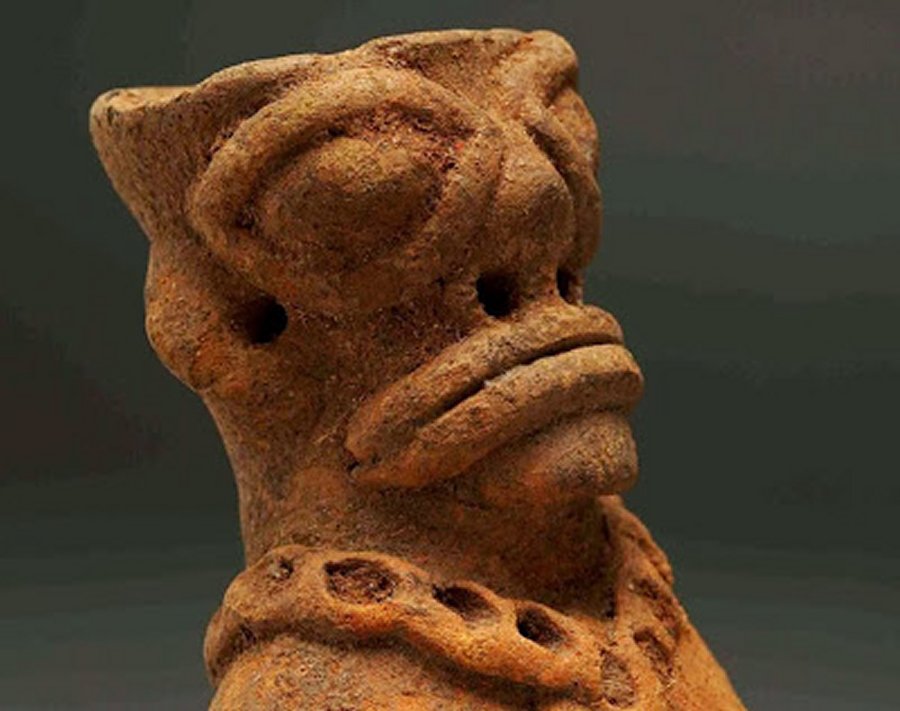
The items were found in Northern Ghana’s Koma Land region during excavations conducted by an international team of researchers in 2010 and 2011.
Many of the figurines are thought to represent ancestral figures or animals, and they reveal the clothing, hairstyles and weapons favored by the ancient culture.
See also:
A Sub-Saharan Archaeological Puzzle: Mystery Of Enigmatic Nok Culture
Africa’s Secrets: Unsolved Mystery Of Gedi Ruins Protected By The ‘Old Ones’ – Why Did People Leave?
Shaka Zulu: African Hero And One Of The Greatest Military Leaders Of All Time
The hundreds of figurines excavated so far suggest a high level of ritual activity at the site. Some of the figurines contain hollow cavities, which the researchers believe substances were poured into during these rituals.
The figurines were exhibited in 2014 at Manchester Museum’s ‘Fragmentary Ancestors’ exhibition. Despite the fact that high temperatures typically accelerate DNA damage, and there are only a few previous reports of the recovery of ancient DNA from exposed sites in Sub-Saharan Africa as a result, Professor Terry Brown and PhD student Heather Robinson managed to recover ancient DNA from inside three of the figurines using forensic-style swabs and a magnetic extraction method.
“This has been an excellent example of the way in which archaeologists and DNA scientists can work together,” said Professor Terry Brown.
“We were invited to sample the figurines when they were exhibited at the Manchester Museum in 2013, and the interpretation of the DNA results with our collaborators in Ghana has been very exciting.
The study suggests that exotic plants such as banana and pine, which are not native to Ghana, were prized by the unknown ancient culture for use in religious rituals as well as other West African plants.
Banana and pine could only have been obtained via trade with North Africa, and suggest that the prehistoric inhabitants of the Yikpabongo archaeological site were connected to other parts of the World via trade, because banana is an East Asian cultigen.
MessageToEagle.com


